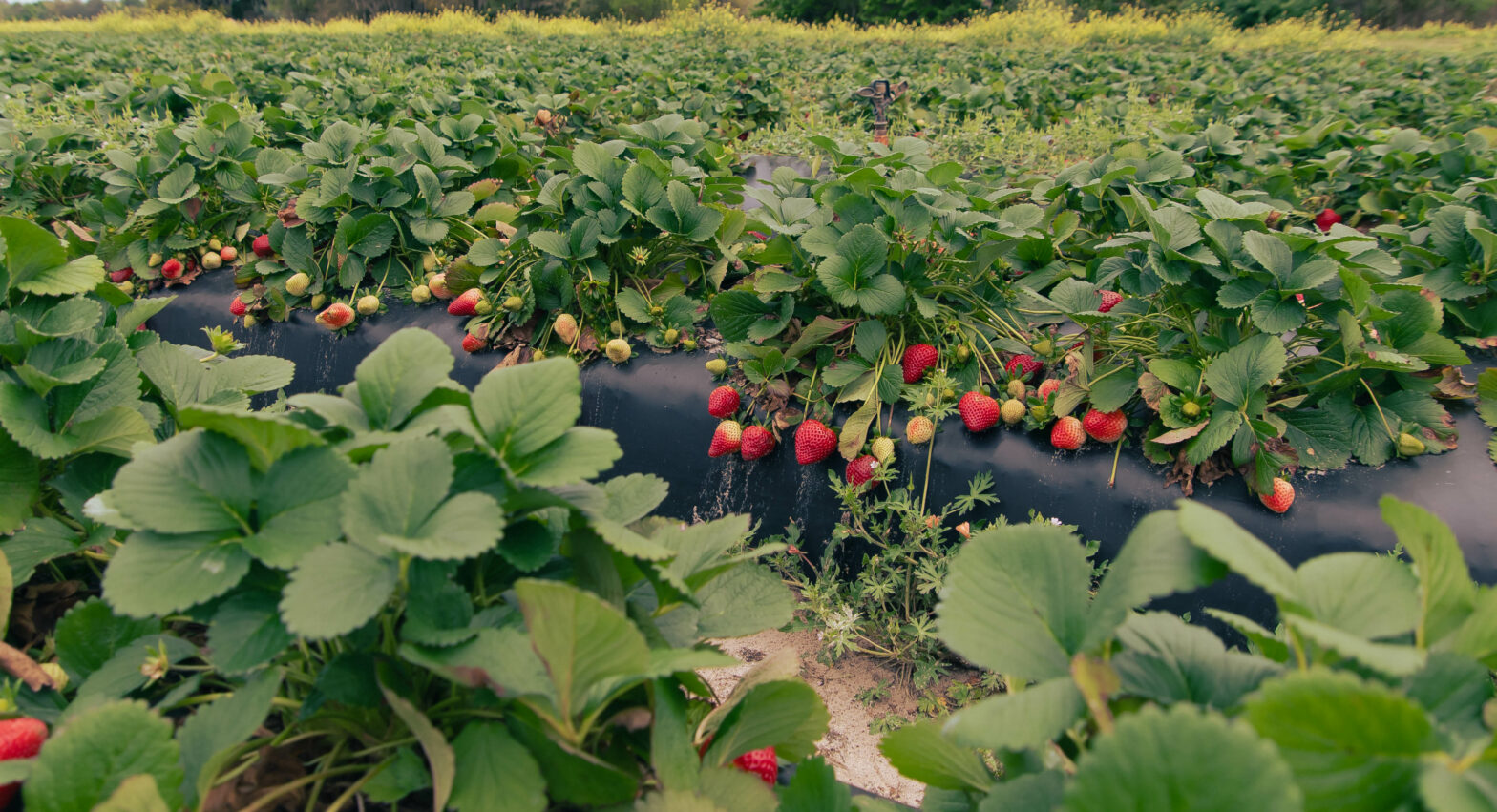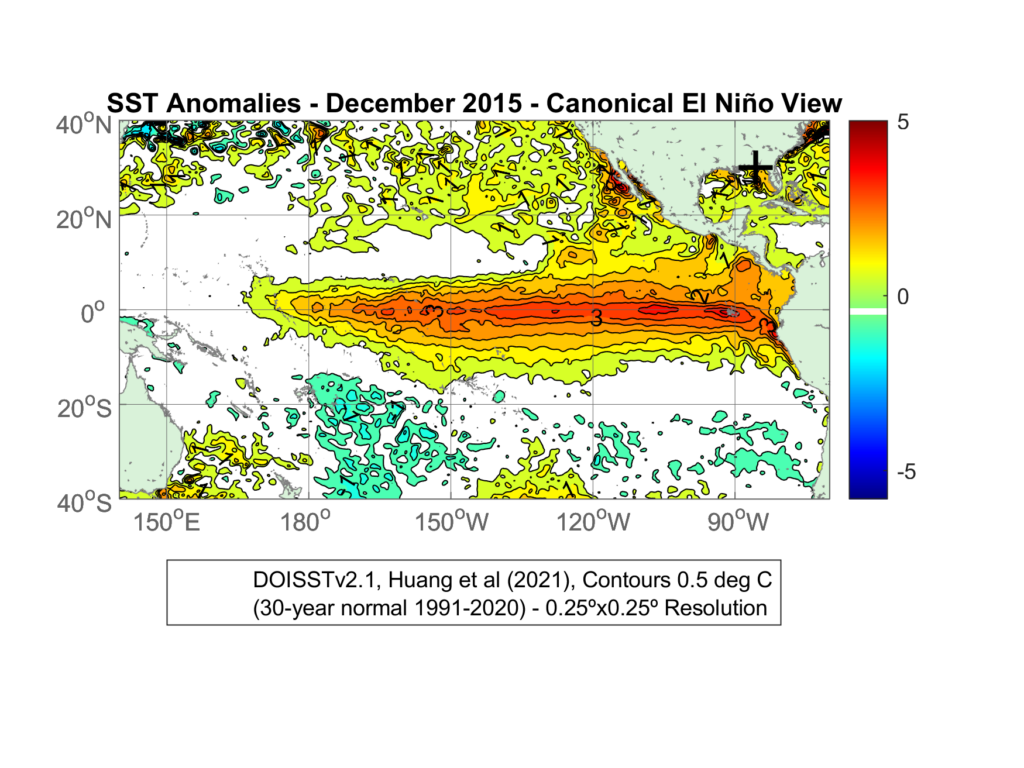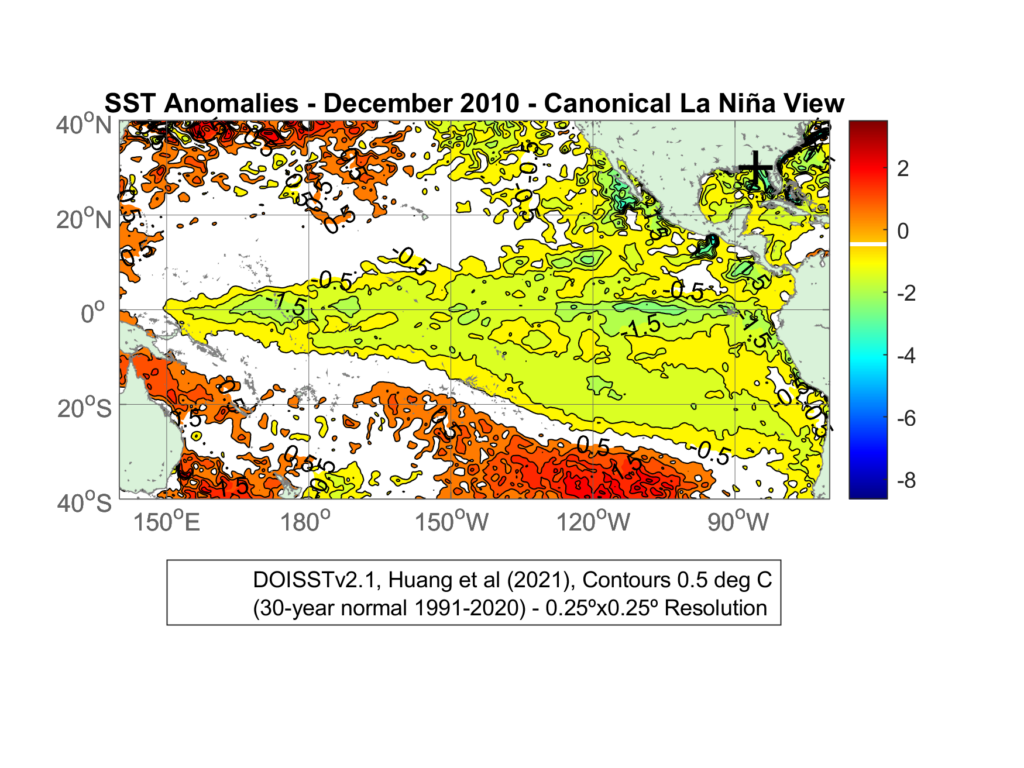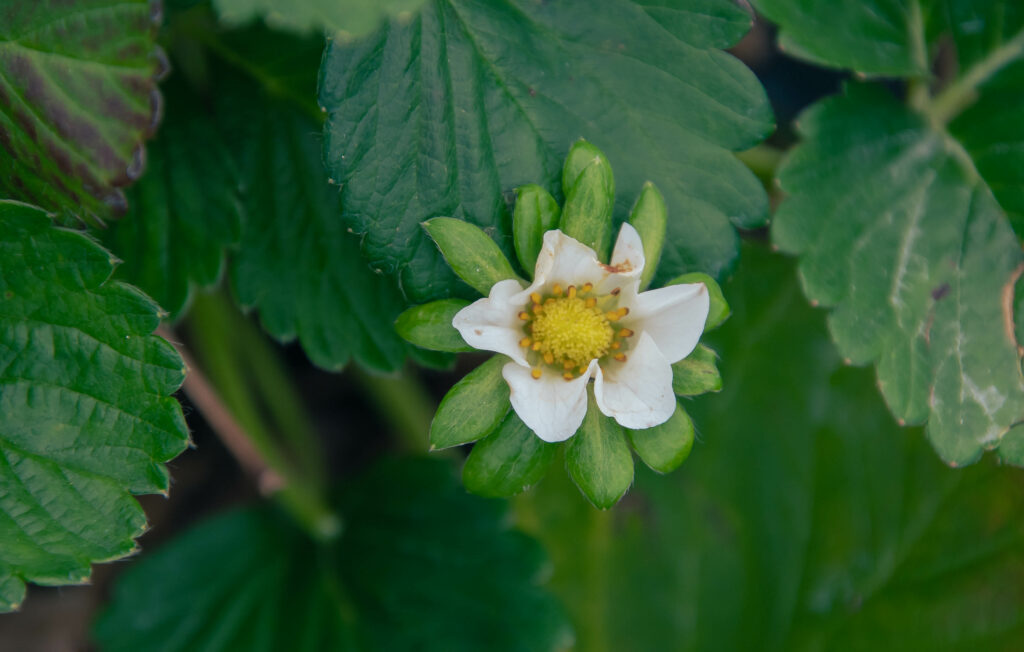By Kayla Boone Food Beat Reporter
HILLSBOROUGH COUNTY, Fla – Florida’s strawberry season faced chilly weather this winter thanks to El Niño. But despite the wet and rainy season, visitors from all over Florida came for the annual Strawberry Festival.
Known as ‘BerryFest24,’ the 89th annual festival still turned out sweet despite El Niño’s influences. According to event organizers, 634,779 visitors showed up for this year’s festivities.
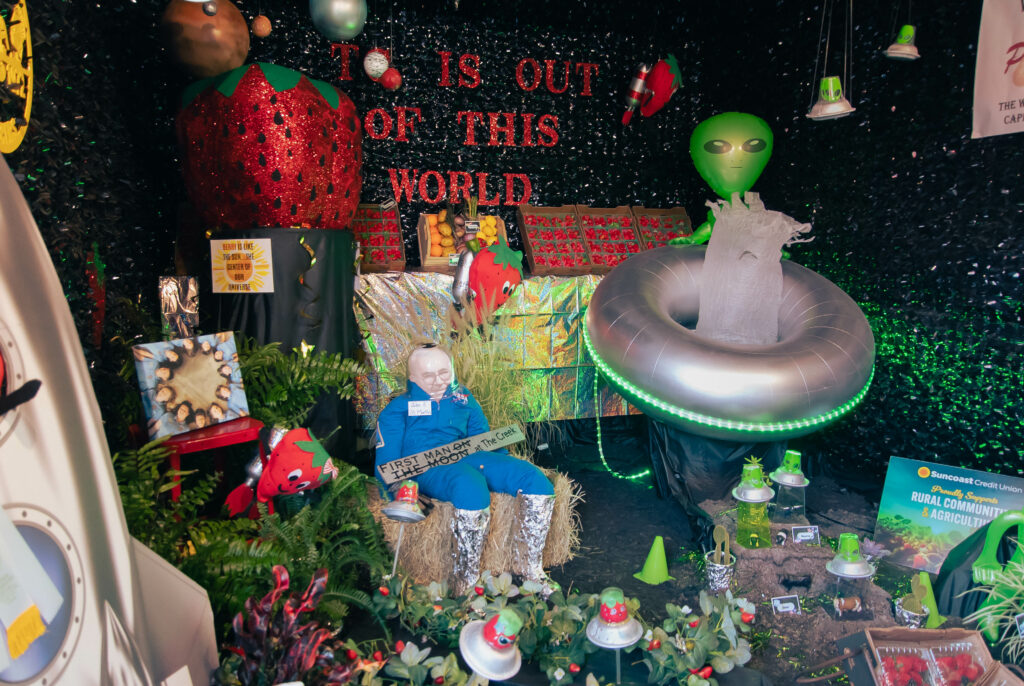
What is El Niño?
El Niño is a climate pattern characterized by the warming of sea surface temperatures in the Pacific Ocean. It causes colder temperatures, rain and overcast conditions. El Niño peaks between December and April – the same time as Florida’s strawberry season.
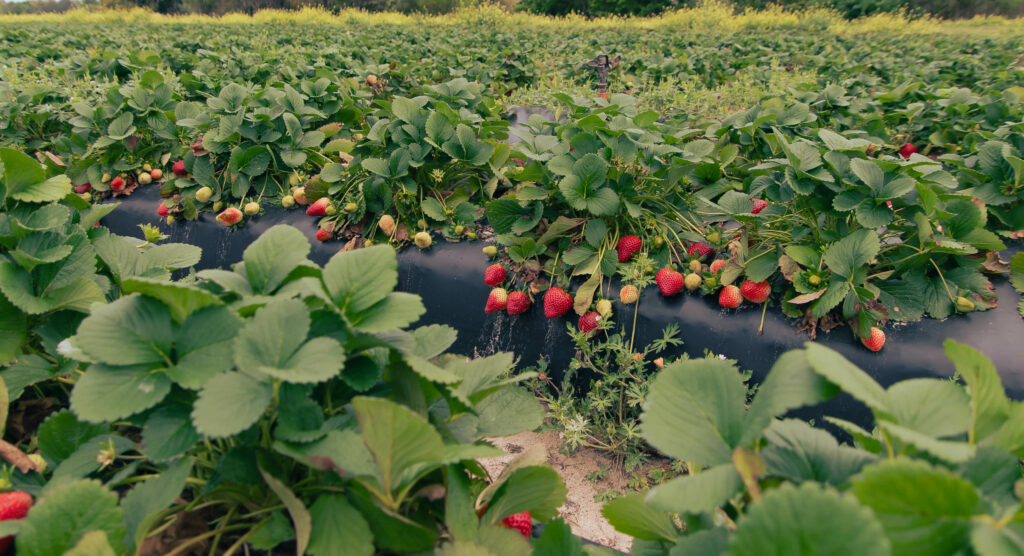
How are strawberries affected?
Agriculture is dependent on weather and climate. This means that El Niño’s influence on temperature and rainfall has significant impacts on food production and availability.
“It’s been cold and wet this winter and into the spring,” said Nicholas Wishnatzki, the public relations manager at Wish Farms. “The cold affects the crop which slows the ripening process down and slows the volume.”
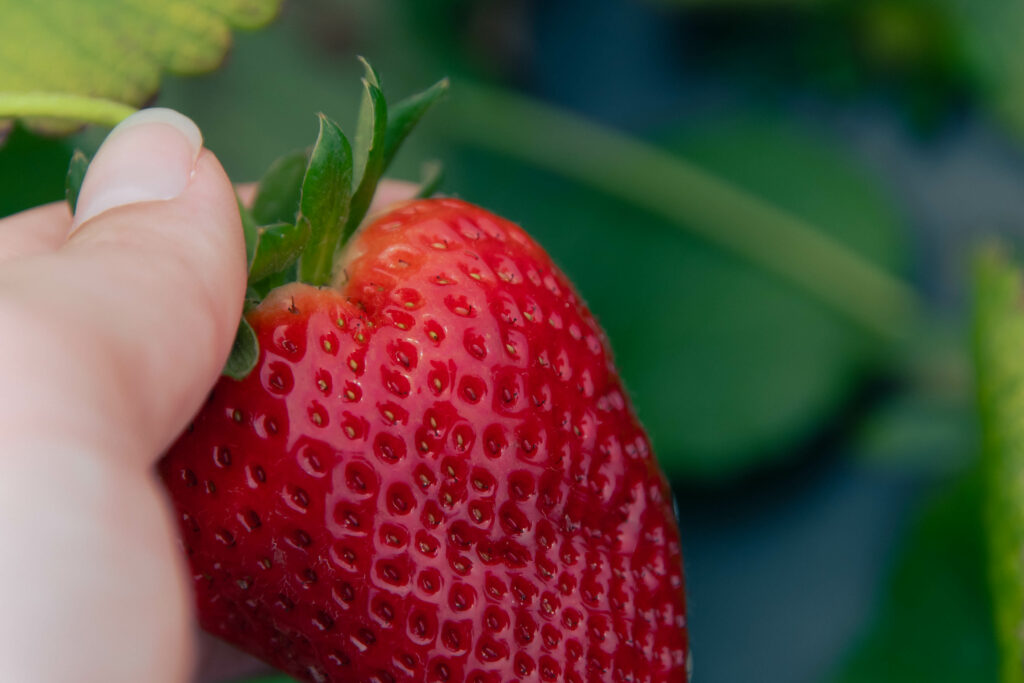
“In my experience,” said Matt Reichenbach, the Farm Manager of Ferris Farms.“ If it’s a quick rain and it dries up fast you won’t lose that much. But the longer your berries and plants are sitting in the water the worse it is.”
“The rain is not good for strawberries. It affects the flavor and can also spread different diseases that can affect the crop,” Wishnatzki said.
Around mid-February, a cool front came in that setback harvesting.
“We were short after Valentine’s Day. Typically after Valentine’s Day it’s just like we have berries coming out of our ears,” he said.
“I have attached what I view as canonical views of La Niña and El Niño events that took place during the 2010/11 season and 2015/16 season (respectively) with December 2010 and December 2015 being the most extreme times during those events,” Howard Diamond said, the Climate Science Program Manager at NOAA’s Air Resources Laboratory.
El Niño vs. La Niña
El Niño is characterized by unusually warm ocean temperatures along the Equatorial Pacific while La Niña is characterized by unusually cold ocean temperatures in that same region. Both events typically develop between March and June. Peak intensity is reached between December and April and fizzles out between May and July.
Both phenomena are referred to together as ENSO, also known as “El Niño Southern Oscillation.”
“There are multiple indicators of the effects of both phases of ENSO, for example, during El Niño seasons, hurricanes in the North Atlantic are generally depressed and this is a result of increased vertical wind shear that is present, and this wind shear tends to stifle the development of hurricanes,” Diamond said.
Production peak, costs and sales
The peak season for strawberry harvesting usually occurs in mid-February.
“With the weather being cloudy and cooler than normal it pushed all of our production later,” said Matt Reichenbach, of Ferris Farms. “The high temperatures also caused us to peak about two weeks later.”
“The yield this year wasn’t necessarily better than last year but the market pricing was a little bit better. It’s always a balancing act with supply and demand so I think that the market price held up pretty well considering that the yields were not as robust as we had hoped,” Wishnatzki said.
“Our company farm ships about 30,000 boxes of strawberries per day at its peak,” Wishnatzki said. “Averaged out over the season, that number is about 15,000 per day which includes conventional strawberries, organic strawberries, and pineberries. Our strawberry boxes are eight pounds and our pineberry boxes are four pounds.”
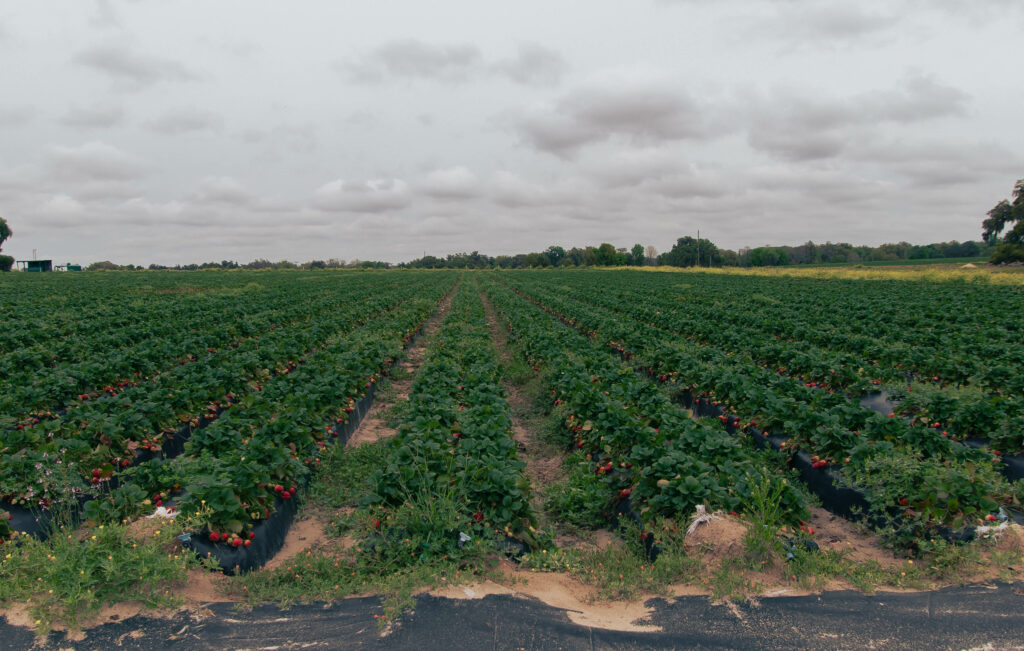
Facing adversities
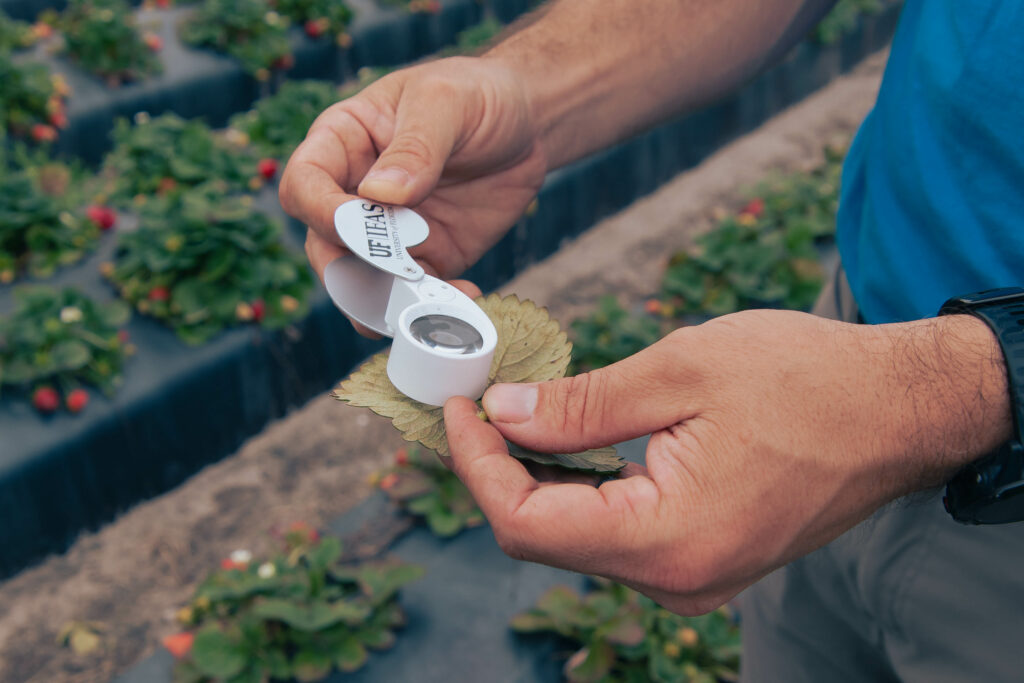
“When you see patches of brown in the strawberry fields that usually indicates spider mites,” he said.
“If you have too much heat it can make your berries small and more disease-prone. Some diseases like different temperature ranges than others so you have to change how you’re growing your berries,” Reichenbach said.
One disease that affects strawberries is Botrytis disease. It is a fungal disease caused by damp, cooler weather and can spread quickly through crops. High humidity can also create gray fungus spores in the affected areas.
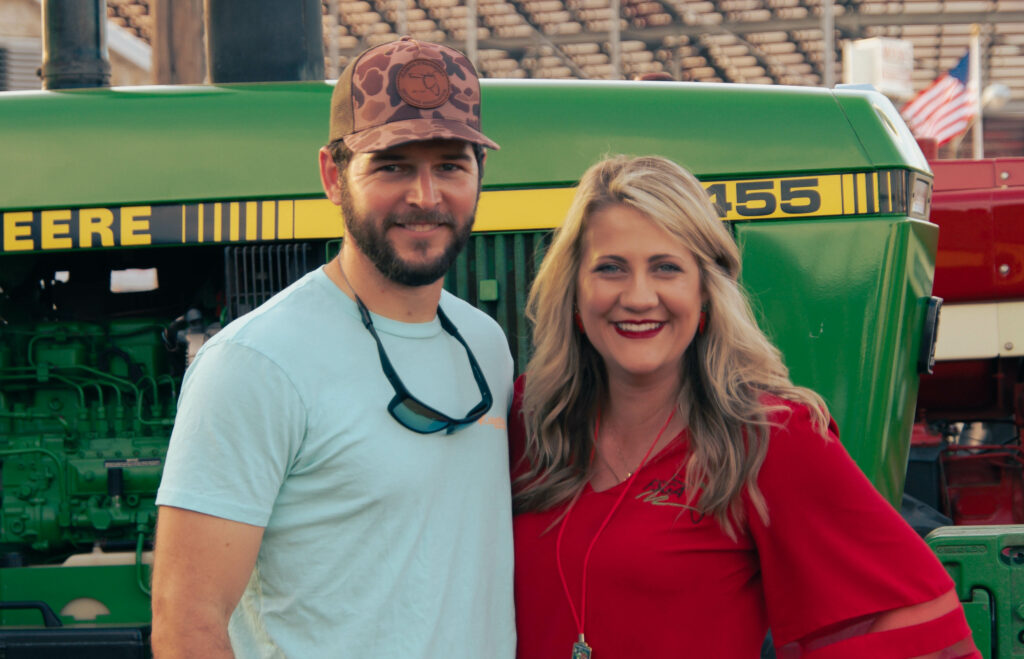
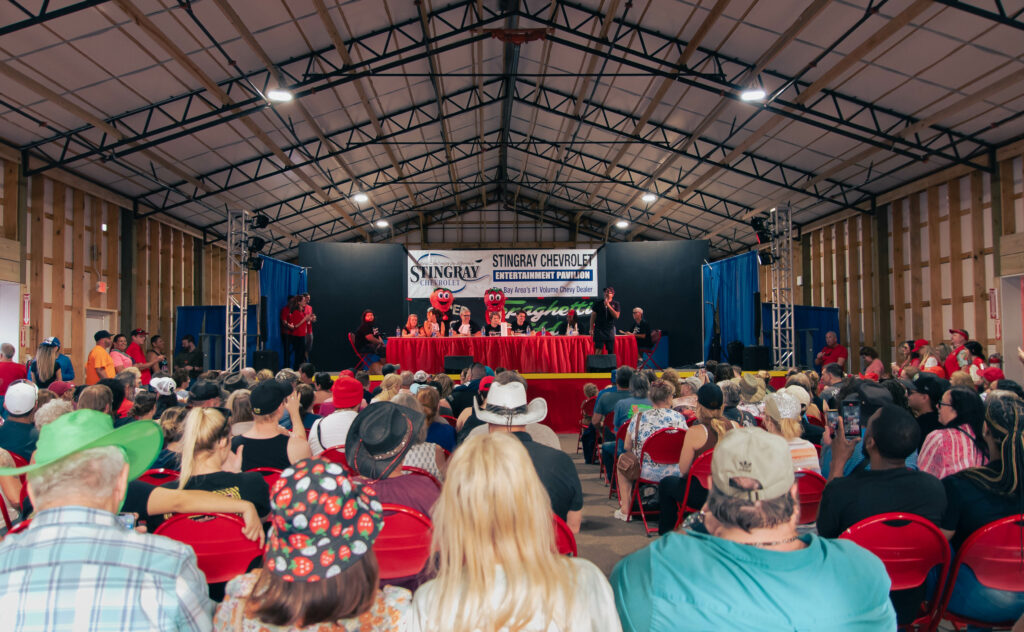

At the Strawberry Festival’s Stingray Pavilion on March 4, nine participants competed with each other for a chance to win the Annual Strawberry Spaghetti Eating Contest. Loud cheers from the crowd erupted as Tony Diaz was announced as the winner for being the first to finish a half-pound bowl of spaghetti topped with strawberries.

‘Everyone should eat berries’
“Everyone should eat berries,” Wishnatzki said, “I’m very passionate about spreading the word. We just want to encourage people as much as possible that we’re growing safe and healthy berries.”
Even though El Niño pushed back production peak, it worked out in favor of and may have even extended strawberry season throughout March and into April. With a few minor setbacks, the Strawberry Festival went on without a hitch this year.

